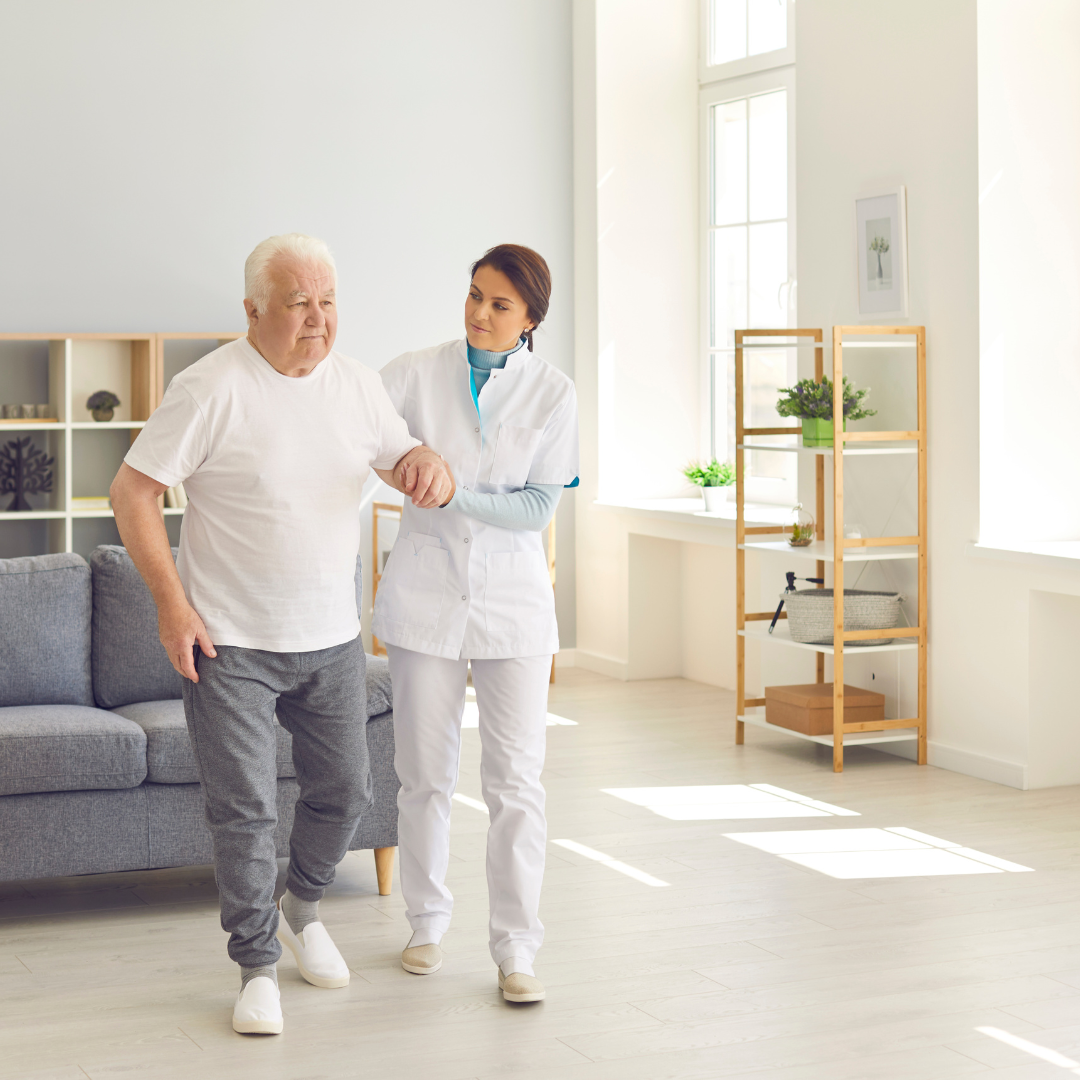In recent years, the focus on improving living conditions within public rehabilitation homes has gained significant momentum. Recognizing the critical role that infrastructure plays in the rehabilitation process, various stakeholders have begun to advocate for and implement essential upgrades. These enhancements not only elevate the physical environment but also contribute to the overall well-being and recovery of residents. This article delves into the importance of infrastructure upgrades and their positive outcomes in public rehabilitation facilities.
Enhancing Living Conditions in Public Rehabilitation Homes
The living conditions in public rehabilitation homes can significantly influence the mental and emotional state of residents. Outdated facilities often fail to provide the necessary comfort and safety, hindering the rehabilitation process. Upgrading infrastructure—such as improving sanitation, enhancing accessibility, and creating tranquil outdoor spaces—can dramatically impact residents’ quality of life. Modern amenities, including updated restrooms and well-designed communal areas, foster a more welcoming atmosphere, essential for healing.
Moreover, energy-efficient improvements not only reduce operational costs but also promote a more sustainable living environment. Features like solar panels, better insulation, and energy-efficient appliances help create a more comfortable atmosphere while lowering energy bills. The benefits extend beyond mere aesthetics; these upgrades can lead to a significant enhancement in the overall morale of residents and staff alike. A well-maintained environment encourages residents to engage more fully in rehabilitation programs, thus paving the way for successful recovery.
Importantly, infrastructure upgrades also serve to destigmatize rehabilitation homes. Improved facilities can help change public perceptions, demonstrating that these homes are places of hope and recovery rather than institutions of neglect. This shift can enhance community support and foster partnerships that further benefit residents. By creating spaces that reflect dignity and respect, public rehabilitation homes can empower individuals on their journey toward recovery and reintegration into society.
The Impact of Infrastructure Upgrades on Rehabilitation Success
Research consistently shows a strong correlation between living conditions and rehabilitation outcomes. Upgraded facilities are likely to enhance motivation and engagement in therapeutic activities, creating a conducive atmosphere for recovery. When residents feel safe and comfortable, they are more inclined to participate in programs that aid in their healing process. This increased engagement can lead to more favorable outcomes, including improved mental health, reduced relapse rates, and successful reintegration into the community.
Furthermore, infrastructure upgrades that incorporate technology—such as telehealth capabilities and interactive learning environments—can provide residents with additional resources for recovery. These technological advancements allow for better access to counseling and support services, even from remote locations. By embracing modern methodologies, rehabilitation homes can adapt to the evolving needs of residents, ensuring that they receive comprehensive care tailored to their individual circumstances.
The ripple effects of successful rehabilitation extend beyond the individual to the community at large. When residents thrive and successfully reintegrate, society benefits from reduced crime rates, lower healthcare costs, and increased productivity. Investing in infrastructure upgrades serves as a catalyst for positive change, highlighting the need for ongoing commitment to enhancing the environments where rehabilitation takes place. It is a crucial step toward reshaping the future of public rehabilitation homes and the lives of those who reside in them.
In conclusion, infrastructure upgrades in public rehabilitation homes play a pivotal role in enhancing living conditions and promoting successful rehabilitation outcomes. By investing in modern facilities and addressing the specific needs of residents, stakeholders can create environments that foster healing and growth. The positive impact of these upgrades reverberates not only within the walls of rehabilitation homes but also throughout the broader community. As we continue to prioritize and advocate for such improvements, we pave the way for a more compassionate and effective approach to rehabilitation.




